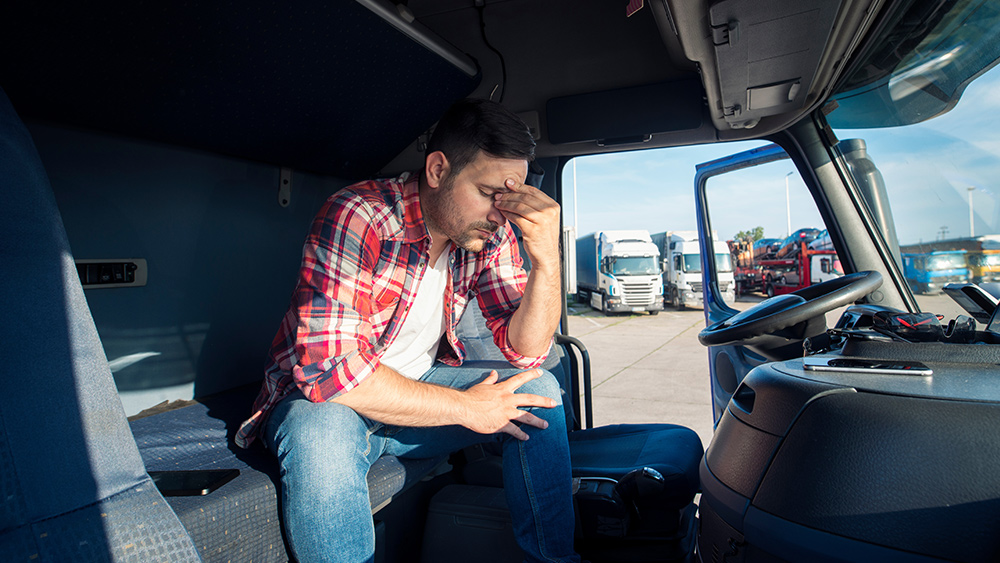
After years of testing, Aurora Innovation Inc., Kodiak Robotics Inc. and Gatik AI Inc. claim that they are ready to get rid of safety drivers of trucks being guided by software and different sensors including cameras, radar and lidar, which send pulses of light that bounce off objects.
The three startups have already hauled cargo for big companies such as FedEx, Kroger, Tyson Foods and Walmart.
In an interview, Chris Urmson, co-founder and chief executive officer of Aurora, said by the end of 2024, the company is slated to reach the point where it starts "operating those trucks without drivers on board."
Mountain View, California-based startup Gatik AI has already driven trucks without a human driver in Arkansas and Canada. In an interview, Gautam Narang, Gatik’s co-founder and CEO, explained that the company uses smaller, box trucks and plans to deliver from distribution centers to stores. In 2024, the startup expects to deploy driverless trucks in the Dallas area "at scale," added Narang.
Meanwhile, Kodiak CEO Don Burnette, said the company plans to "start small in 2024 and gradually ramp it up as we build confidence in the system that we didn't miss anything." Burnette added that Kodiak is aware of "the damage that can be done," like the case of robotaxis in San Francisco.
Kodiak's first operations without a human driver include short runs near the company’s truck terminal near Dallas and extend from there, added Burnette.
The three startups will be supported by truckport partners who will help with refueling their diesel-powered fleets and will offer roadside assistance in case of a flat tire.
Amid the various accidents linked to autonomous vehicles, the startups said the risk is worth it since the technology can allegedly help "improve highway safety and lower transportation costs." (Related: California DMV SUSPENDS Cruise’s driverless car permits for misrepresenting information on safety.)
However, critics said these companies have an incentive to reduce the losses that investors have been financing during the delicate development and testing phase.
Driverless trucks lack regulation, transparency and comprehensive data collection
Cathy Chase, president of Advocates for Highway and Auto Safety, explained that they are worried about the lack of regulation, transparency and comprehensive data collection.
Critics have also warned that trucks pose severe dangers because they often travel at highway speeds and weigh as much as 80,000 pounds. This is more than 15 times as much as General Motors’ controversial Cruise driverless robotaxi.
For now, the federal government has left regulation of driverless large trucks mostly up to states, which resulted in a confusing patchwork of rules. California suspended Cruise operations in October after several reported incidents in San Francisco.
California's absence of rules for allowing trucks to be tested on public roads encouraged the three driverless truck startups and others to target Texas for testing and deployment.
The problems that Cruise's robotaxis faced on the streets of San Francisco, such as unpredictable pedestrians and sudden road closures, aren't a major hurdle for driverless trucks, claimed the three companies.
Trucks usually transport cargo on fixed routes, usually on highways that require much less interaction with passenger vehicles and pedestrians.
Aside from saving money on trucker salaries, autonomous trucks can travel longer than the 11-hour limit enforced on human drivers.
Autonomous trucks also have sensors that scan in all directions several times a second to identify objects, which allegedly speeds up reaction time. The companies also said there are estimated savings on emissions of 10 percent or more because the vehicles will "stay just below the speed limit and travel at a steady cadence."
According to statistics compiled by the Federal Motor Carrier Safety Administration (FMCSA), 5,700 large trucks weighing 10,001 pounds or more were involved in fatal crashes in 2021. The majority of those incidents were from trucks with a gross weight of 33,001 pounds or more. These Class 8 trucks are almost as big as those used in Aurora and Kodiak's fleets.
Driverless trucks are not immune to road accidents
While driverless trucks haven't had any at-fault incidents with other vehicles in testing with safety drivers, the FMCSA report suggests that they're not completely accident-proof.
At least two-thirds of fatal accidents occur when a person, object, animal or other vehicle veers into a truck's lane. Data collected by a self-driving truck's computer system is essential to determining what caused an accident.
Brian Ossenbeck, a transportation industry analyst with JPMorgan Chase, warned that the companies planning to go driverless in 2024 can't just claim that they are "better than humans." He added that they must first "reach that superhuman level, at least initially, until there's broader acceptance. And who knows how long that would take."
If things go as planned, safety drivers, whose hands usually hover above the wheel without touching it while the truck is in transit, will no longer be needed by 2024.
Urmson said the company plans for things to feel like a normal day, but with their trucks transporting cargo without human drivers.
Watch the video below as driverless trucks are being tested on public roads.
This video is from the ZGoldenReport channel on Brighteon.com.
More related stories:
Amazon prepares army of 750,000 ROBOTS to eliminate HUMAN workers.
"Confused" industrial robot crushed a worker to death at a vegetable packing plant in South Korea.
Uber Eats to deploy an additional 2,000 delivery robots, putting more jobs in peril.
Sources include:
Please contact us for more information.






















